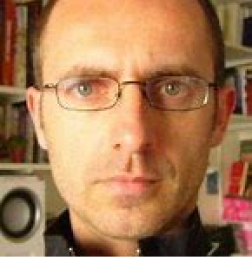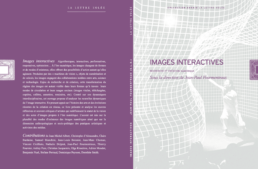Jean-Paul Fourmentraux
Marseilles, FR
Teacher-researcher, professor at Aix-Marseille University and EHESS and sociologist of art specializing in digital cultures, art/science and contemporary art.


Biography
Jean-Paul Fourmentraux is a Doctor of Sociology (PhD), qualified as a teacher-researcher in Sociology and in Art and Communication Sciences.
He is currently University Professor in Sociology and Philosophy of Digital Arts and Humanities at the University of Provence (Aix-Marseille). Authorized to direct doctoral research (HDR) by the Sorbonne Paris V University, he is a member of the Laboratory of Arts Sciences (LESA – Aix en Provence) and associate researcher at the School of Advanced Studies in Social Sciences of Paris (EHESS ) at the Arts and Language Research Center (CRAL UMR-CNRS 8556).
He was previously Associate Professor (HDR) at the University of Lille 3 – UFR Arts and Culture and remains an associate researcher at the GERiiCO laboratory in Information and Communication Sciences (since 2007).
Expert in the relationship between artistic creation and digital culture, technological research and social innovation, he has been in charge of research for various public and private organizations:
– The National Research Agency (Paris)
– The Labex ICCA, Cultural industries and artistic creation, Paris.
– PICTANOVO, Nord Pas de Calais Image Cluster,
– The Interdisciplinary Institute for Research-Creation in Media Arts and Technologies (HEXAGRAM, Montreal, Quebec),
– Le Cent Quatre (artistic establishment of the city of Paris)
– The Foundation of France (Paris)
– The New Generation Internet Foundation (FING Paris)
– Aquitaine Europe Communication (Bordeaux)
– The Art, technology and management alliance (ARTEM Nancy),
He is the author of several books published by CNRS and HERMANN editions, as well as numerous articles in national and international scientific journals.
Specialties: Contemporary Arts – Digital Cultures – Visual Studies – Anthropology of Communication and Media – Internet – Public Space – Technical Democracy – Visual Anthropology – Sociology and Philosophy of Arts, Sciences and Technologies – Dynamics of Interdisciplinary Cooperation – Cultural Organizations and Policies.
Answers from Jean-Paul Fourmentraux
Jean-Paul Fourmentraux. I am a teacher, researcher, university professor at Aix-Marseille University and at the Ecole des Hautes Etudes en Sciences Sociales de Paris, the EHESS, my field of activity and sociology mainly. I was trained in social sciences, but quite quickly, I made art my object and as a specialty digital cultures, relations between arts and sciences and contemporary art.
Digital creative media make up a technical and theoretical ecosystem that has impacted all areas of social life: work, the economy, communication, being together, creation, leisure go through the development and use of media and digital technologies. However, several of these dimensions, several dimensions of this ecosystem, relate to creativity, design, art and not just innovation. Whether it is a question of designing media or works, software programs, interactive interfaces or whether it is also a question of promoting new cultural and media content and their uses, by imagining appropriate strategies for communication, marketing in public or in society. The field of image, in particular, is impacted by these developments.
But it is not the only one since sound, touch, proprioception, simulation make up other dimensions to be taken into account in the ecology of digital media.
It seems to me that a training in “creative media” would offer to cross these different fields and to master the main dimensions and applications, and this seems more than desirable today.
To meet the multiple demands of digital creativity. It seems to me necessary to consider a multidisciplinary training course that articulates engineering sciences, artistic practice and human and social sciences, both digital engineering, but also multimedia production, creation and management. cultural productions.
A preferred pedagogy could be the project-based approach, which would guide students with varied profiles in a learning trajectory that would involve the design, realization and promotion of singular projects, individually or in collaboration. The teaching model to awaken a fine articulation between theoretical courses, CMs or lectures, and technical learning in the form of tutorials, workshops, workshop practices too, and all this with the aim of accompaniment towards a methodology of research & creation, predominant in these paths of digital creativity.
It also seems to me that knowledge of the professional environment is also important and constitutes another dimension.
In terms of theoretical knowledge, it would be a question of developing a true digital culture which makes it possible to apprehend the various philosophical, political, economic and social issues linked to the development and use of technologies. The objective would be to promote reflective and critical thought which could be inspired, for example, by the philosophy of techniques, researchers such as Leroi-Gourhan, Simondon, Stigler, just as much as by cultural history, but also by economics, sociology, communication adjusted to this new environment, which one could call techno-scientific, embodied today by digital technology. On a practical level this time, the master could deploy a learning methodology focused on the main media platforms and tools, ranging from electronics to digital, through the acquisition of traditional skills in design and art professions. . Because the essence of digital creation is undoubtedly located in this interface between computers and the arts and crafts, so that the professionals who have received this training can be, according to the specialty they have chosen, recognized as specialists in engineering, IT, multimedia production or cultural and media management, but also may be in visual communication, graphic design, publishing, 3D modeling, design or even mediation for digital and technological media.
At a time when this digital revolution is taking place, innovation and media creativity are the engines of the economy, at the same time as they are upsetting lifestyles, ways of thinking, social exchanges and even the balance ecological. Interactivity, artificial intelligence, virtual reality, so-called generative and immersive audiovisual or video games are all areas of these so-called digital creative industries, an ecosystem of innovation, research and design. . So, for example, the irruption of digital has upset the “gatekeepers”, the official media, the state media, and has widened access and public expression.
On the other hand, this democratization is also accompanied by a multiplication and sophistication of media platforms, new “pro-am” dynamics: professional/amateur are established, in which the arts and communication play a cardinal role from my point of view. And we can clearly see here how an expertise in “creative media” could be located at the heart, at the media point or at the interface, let’s say, between research, engineering and civil society. Since in fact, the creative industries have the particularity of linking the media, traditional and contemporary, of information and communication with those of art and “creative design”.
Once again, this media convergence, as (Henry) Jenkins would say, this ecology of new media, as (Lev) Manovich would say, makes it obvious and valuable to strengthen expertise in “creative media”.
So, I’ve already talked about it, we can talk about artificial intelligence, big data, but we could also talk about robotics or autonomous objects, as well as, more broadly, the telecommunications sector, the audiovisual , software, internet. All these areas are growing and developing in all these sectors of activity, digital innovation generates transformations, simultaneously drives new dynamics and structural constraints, shakes up knowledge and know-how, but also metamorphoses professional identities. If, from the point of view of technical progress, these developments may seem dizzying, they also remain uncertain regarding their impact, in particular, their uses or their effects. However, we know that technical progress develops or grows more rapidly than uses develop. And the latter, it is precisely the latter that must still be invented, thought out, shared in an effort of collective intelligence which, precisely, decompartmentalizes fields and specialties. And at the center of these developments, new questions and challenges arise, both utopian and dystopian around, for example, “digital labor”, ecology, data and their environmental impact, surveillance, freedom of movement. expression, human rights, etc… We can clearly see here that, if technological growth is often desirable and that it must be accompanied, we must never forget that the imagination and technical culture also occupy a central place. . And the master in “creative media” will also have the task of investing this aspect of reflexivity and collective intelligence.
Digital creation is at the crossroads of know-how which concerns animated still images, photography, video, sound arts, experimental music, but also more technical or new dimensions such as augmented reality and reality. virtual, 3D, immersion, sensors, real-time interaction or even social networks.
However, these different knowledge and know-how, which we associate today with “creative media” or digital creativity, find applications in many fields: the booming video game, music, arts sound, contemporary digital art, live performance, also dance, theater, even street arts… We can say that one of the specificities can be digital creation or “creative media” and not to be constrained to a strict definition or to a single domain, but to exist and to deploy, on the contrary, at the crossing of these different universes.
It seems to me that this is a hypothesis that I have often developed, that in this context, artists or creators are called upon to play a specific role, a cardinal and specific role, according to the hypothesis, for example, that Marshall McLuhan, the Canadian philosopher “mediologist” according to whom art seen, I quote him “{…} as a counter medium or antidote, becomes more than ever a means of forming perception and judgement ”. McLuhan in a way wagered on the power of the arts to anticipate future social and technological evolution, sometimes more than a generation in advance.
He saw in art a radar, a kind of remote detection system that would reveal social and psychological phenomena early enough to prepare us for them. Therefore, if art is an early warning system, as radar is called, it can, I believe, become extremely relevant also to the study of media, as well as to the creation of ways to control it. . For this reason also, it seems to me that we need more than ever creators and artists to act in intelligence with the engineers and developers of this media creative industry, because it is important to develop a reflexivity and to achieve a step aside too, sometimes likely to shed new light on the effects that are no longer simply technical or not just technical, but also symbolic and imaginary of innovation.
I have two proposals to make. The first would be to promote immersion and contacts with the professional environment, companies, of course, technological start-ups, cultural industries, but also research laboratories or the worlds of art since with a view to professionalization, students could participate in internship periods that would allow them to acquire this professional experience even before entering the workplace. What I mean by this is that the master would benefit in my opinion from maintaining an essential balance between academic aspects and professionalization.
And then another, perhaps another piece of advice, another remark that I could make, would be to take care to multiply the interactions and the opportunities for dialogue between the specialties taught within this Master’s in “creative media”, since the approach by project or the ecology of the project I was talking about earlier should make it possible to train versatile creators at the crossroads of technology and the arts. For this, it can be valuable, heuristic or, let’s say, virtuous to form teams of students, perhaps in twos, in threes, depending on the complementarity of their profiles, their specialties, namely bringing an engineer, a developer, a creator or a mediator, even a manager, to work together in a project logic, so that they commit and take charge of all the phases and all the stages in a certain way, yes, of the realization creative media which, unlike professional and technical training which is itself often very specialized or oriented towards the production of a specific type of product or towards a specific sector of the cultural industries: image, sound, multimedia, etc. the mention “creative media” could be more oriented towards a general knowledge of the entire digital ecosystem, of all, ultimately, the field of digital creation and its cultural context.




